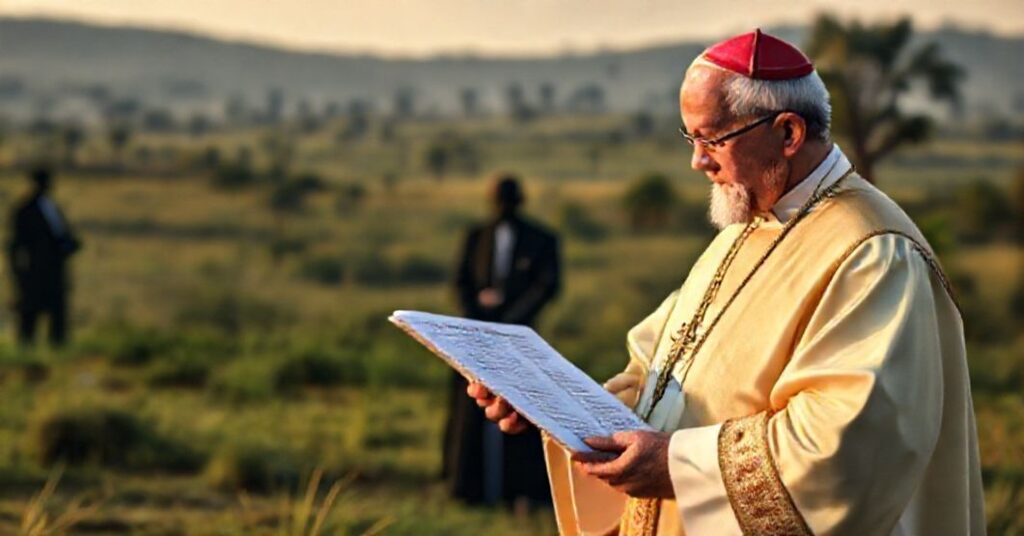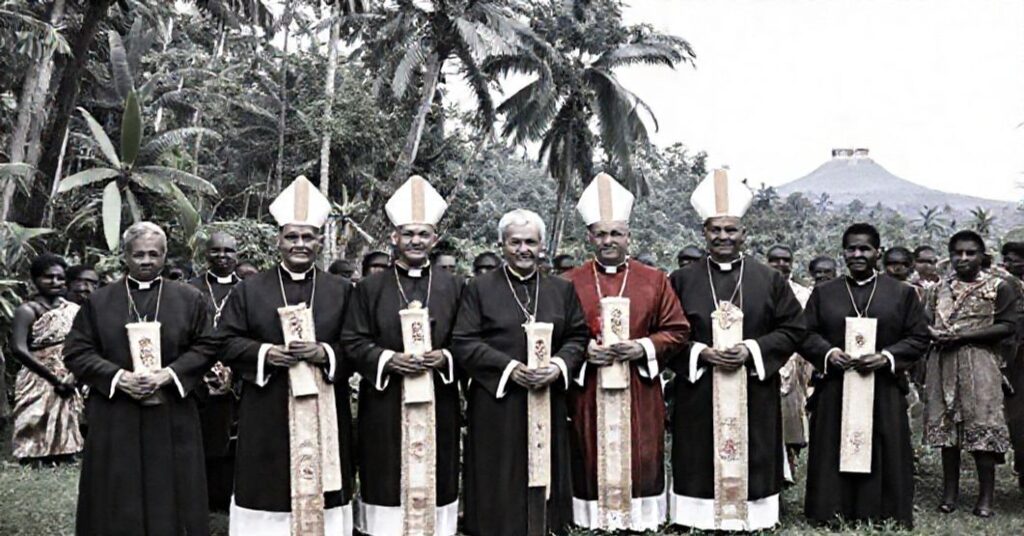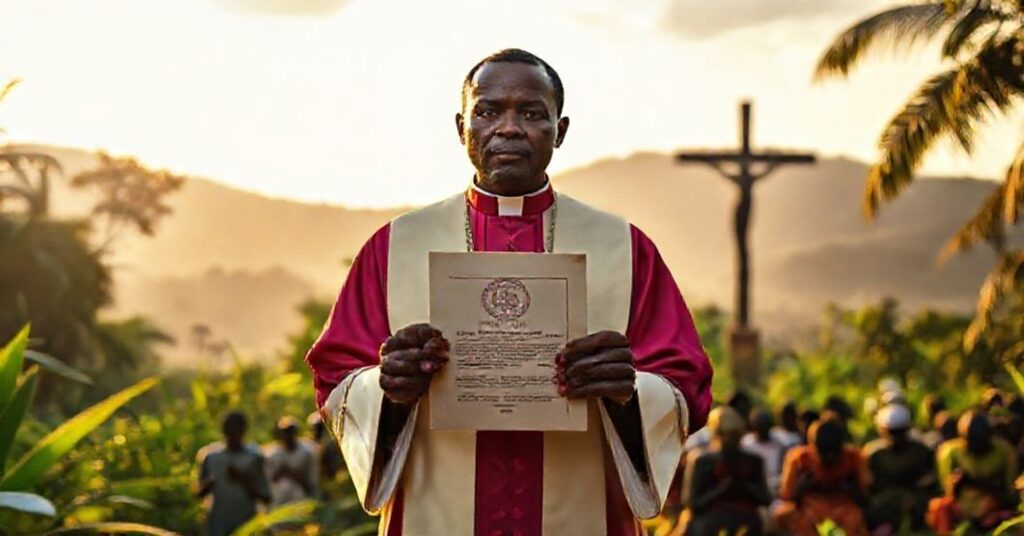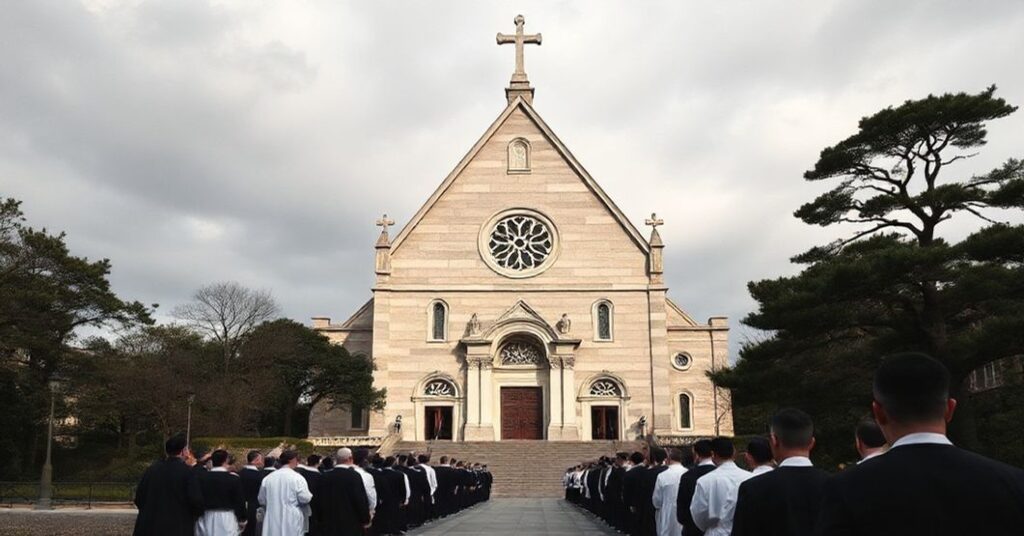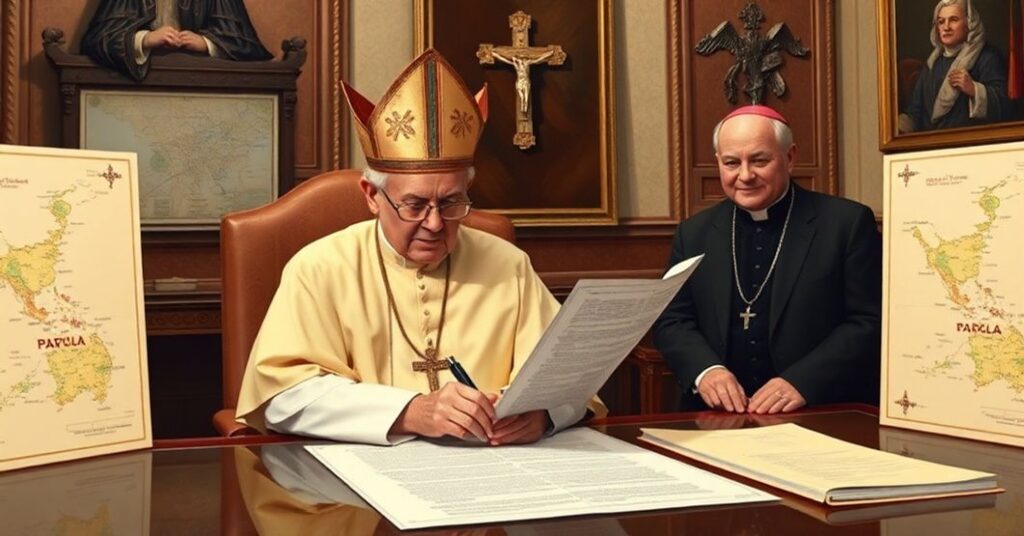Delhiensis et Simlensis (1959.06.04)
This act of Giovanni Roncalli, styling himself “John XXIII,” erects the so‑called “Diocese of Simla” (Simlensis) in India by detaching territories from the then “Archdiocese of Delhi and Simla,” assigning its cathedral, defining its suffragan relationship, financial provisions, administration, and legal formalities within the conciliar missionary framework of the mid‑twentieth century. In one sentence: it is a juridical blueprint for extending an already infiltrated, proto‑conciliar apparatus, preparing the ground for the subsequent revolution against the visible structures of the Catholic Church.


